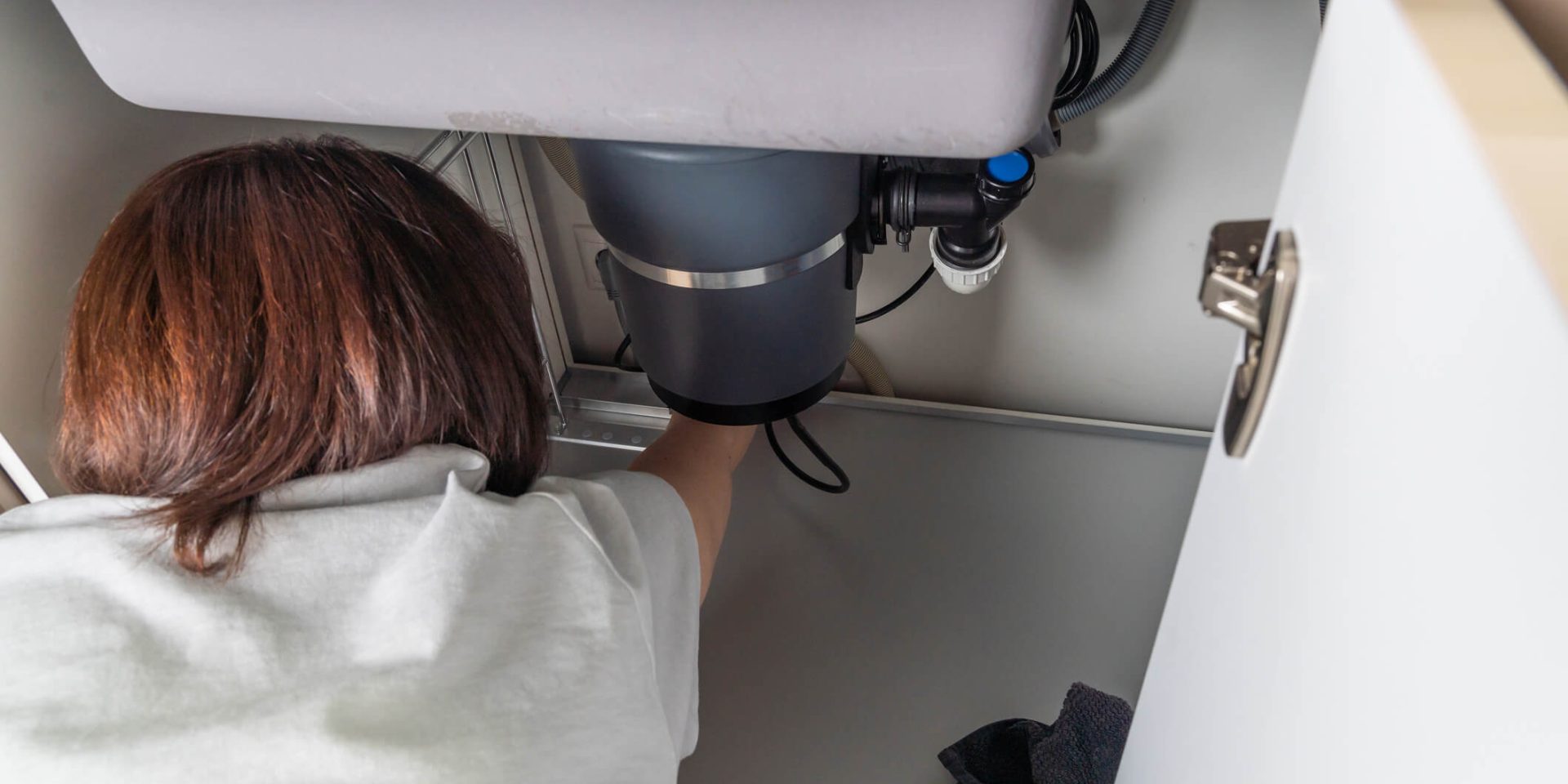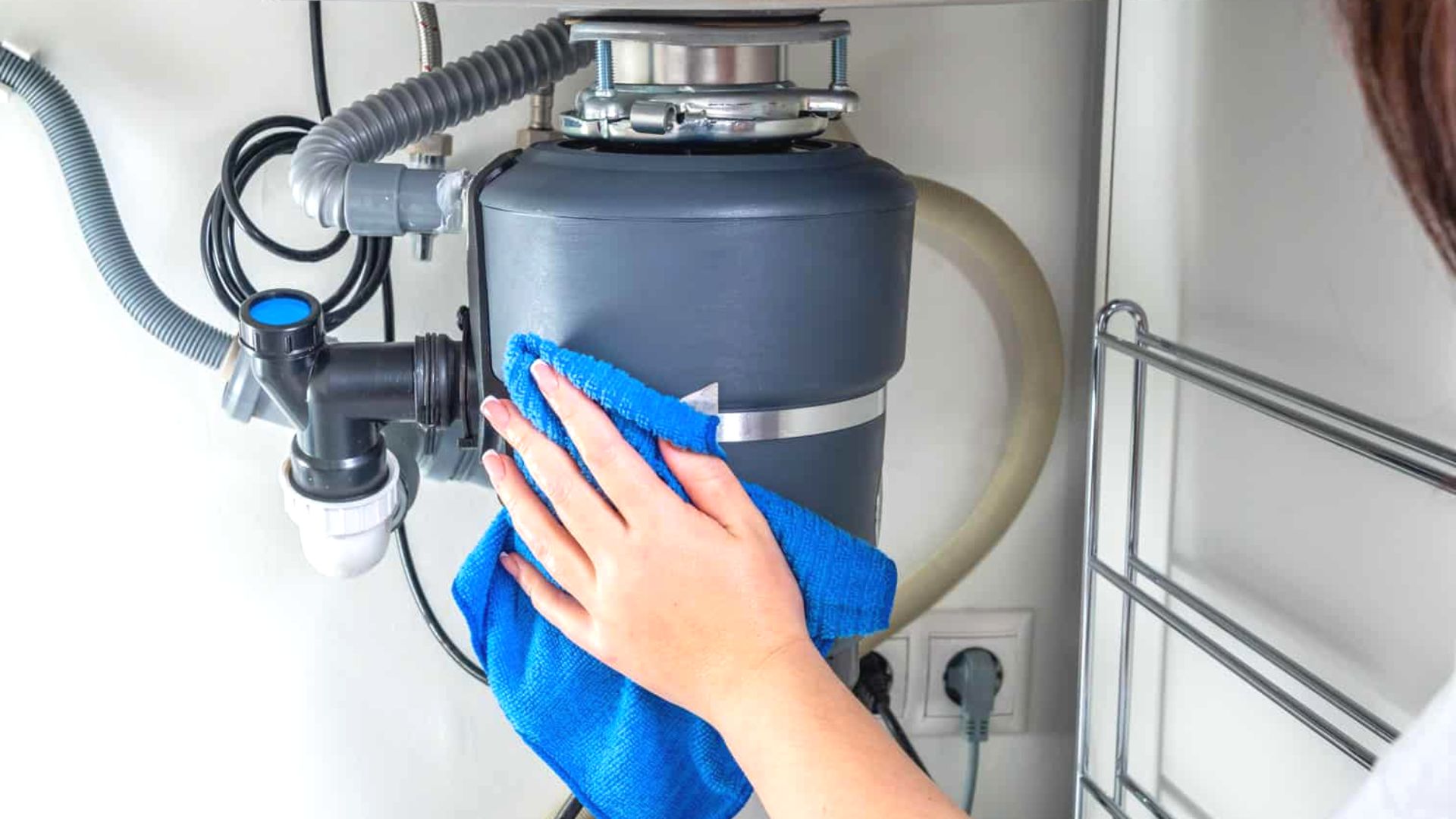How do you actually feel when it comes to The Handy Guide To Fixing Your Garbage Disposal Leaking?

Garbage disposals are crucial cooking area home appliances that help in throwing away food waste effectively. However, a leaking waste disposal unit can be an irritating and untidy trouble to deal with. The good news is, several leakages can be taken care of easily with a few easy steps. In this short article, we will certainly review just how to deal with a dripping waste disposal unit efficiently.
Introduction
Waste disposal unit are installed under cooking area sinks and are made to shred food waste right into smaller pieces, permitting it to travel through the pipes system easily. While these devices are usually trustworthy, leaks can happen with time because of wear and tear, loose connections, or damage to the unit.
Step-by-Step Overview to Fixing a Dripping Garbage Disposal
Turn Off the Power
Prior to trying any repair work, make certain that the power to the garbage disposal device is shut off to prevent the threat of electric shock.
Situate the Leak
Identify the precise area of the leak and determine the cause
Tighten up Connections
Utilize a wrench to tighten any loose connections between the disposal unit and the plumbing system.
Replace Seals or Gaskets
If the leakage results from used seals or gaskets, remove the old components and replace them with new ones.
Patching Cracks or Openings
For cracks or holes in the disposal system, usage epoxy or an appropriate patching product to secure the broken area.
Recognizing the Source of the Leakage
Prior to trying to fix a dripping waste disposal unit, it is necessary to identify the source of the leakage. This can commonly be done via aesthetic inspection or by performing straightforward examinations.
Visual Inspection
Examine the garbage disposal system carefully for any type of indicators of water leak. Pay attention to locations around seals, gaskets, and link points.
Examining for Leaks
One means to evaluate for leaks is by running water via the disposal system and looking for any kind of visible indications of leakage.
Typical Root Causes Of Leakages in Trash Disposals
Worn Seals and Gaskets
Seals and gaskets play an essential role in protecting against water from leaking out of the garbage disposal. Over time, these parts can wear away, leading to leaks around the disposal device.
Loose Links
The connections between the garbage disposal and the plumbing system can come to be loosened with time, causing water to leak out throughout procedure.
Fractures or Openings in the Disposal Unit
Physical damages to the waste disposal unit, such as cracks or openings in the real estate, can also result in leaks.
Devices and Materials Needed for Fixing a Leaking Waste Disposal Unit
Prior to beginning the repair process, collect the needed tools and materials, including a screwdriver, flexible wrench, plumber's putty, substitute seals or gaskets, and epoxy or patching material for fixing fractures or holes.
Testing the Garbage Disposal After Repair
As soon as the repair service is total, evaluate the garbage disposal by running water with it to guarantee that the leakage has been fixed.
Preventive Upkeep Tips to Prevent Future Leaks
To avoid future leaks, it is vital to perform routine upkeep on your waste disposal unit. This consists of keeping it tidy, avoiding putting non-food items or difficult things down the disposal, and regularly looking for leakages or various other issues.
Conclusion
In conclusion, repairing a leaking garbage disposal is a relatively straightforward procedure that can be finished with fundamental devices and materials. By complying with the actions detailed in this short article and practicing preventative maintenance, you can keep your garbage disposal in good working problem and prevent pricey fixings in the future.
What to Do About a Leaking Garbage Disposal
A leaking garbage disposal often goes unnoticed until you confront a sopping cabinet, a foul-smelling puddle, or an audible drip-drip-drip from the unit. The fix can be frustrating, too, because the leak can stem from a number of components in the system. Fortunately, with a little sleuthing, you can zero in on the leak and—depending on the exact location—stop the icky oozing and repair the component that caused it. Worst case scenario, if it turns out that the garbage disposal must be replaced, installing a new one is a reasonable do-it-yourself task for those with basic plumbing skills. Read on to keep the cash you’d otherwise hand over to a pro.
Prepare to find the leak
Prior to testing the garbage disposal for leaks, unplug it at the wall outlet and turn off the power from the breaker box to prevent electrical shock. Then insert a watertight sink stopper into your sink drain and wipe the unit dry with a clean cloth. In any handy container, mix a few drops of food coloring into a few cups of water, and pour the dyed water onto the sink stopper to help you locate the leak.
Investigate the source
the top, where the disposal meets the sink drain the side, where the dishwasher hose or main drain pipe connects to the disposal or the bottom of the unit Inspect each of these locations while gliding a light-colored rag over the unit; the dyed water will readily show on the rag and reveal the location of the leak. If a leak isn’t immediately apparent, remove the sink stopper and pour a few more cups of dyed water down the sink drain, then check for leaks again. Leaks near the top of the unit are more likely to show themselves while the sink is plugged, while side and bottom leaks are more noticeable while the sink is unplugged.
The metal sink flange that sits directly inside the sink drain is typically sealed around the top with plumber’s putty (a clay-like sealant) and then secured from under the sink with bolts. If the plumber’s putty deteriorates, or the bolts loosen, the flange can no longer form a watertight seal between the sink drain and the disposal—which could cause a leak at the top of the unit.
To reseal the leaky flange, you must first detach the garbage disposal. Start by loosening the screws securing the main drain pipe to the disposal, then loosen the screws in the metal clamp securing the dishwasher hose to the disposal and detach the drain pipe and dishwasher hose from the disposal. Loosen the screws in the mounting ring that connects the disposal to the metal mounting assembly beneath the sink, then pull down the disposal and carefully set it on a clean, dry surface. Loosen the bolts in the mounting assembly with a wrench, then pull down the mounting assembly and set it near the disposal.

I was made aware of that article about Garbage Disposal Leaking From Bottom through someone on another site. Enjoyed reading our article? Please share it. Help others discover it. Thanks a bunch for your time. Kindly come by our blog back soon.
Get Offer